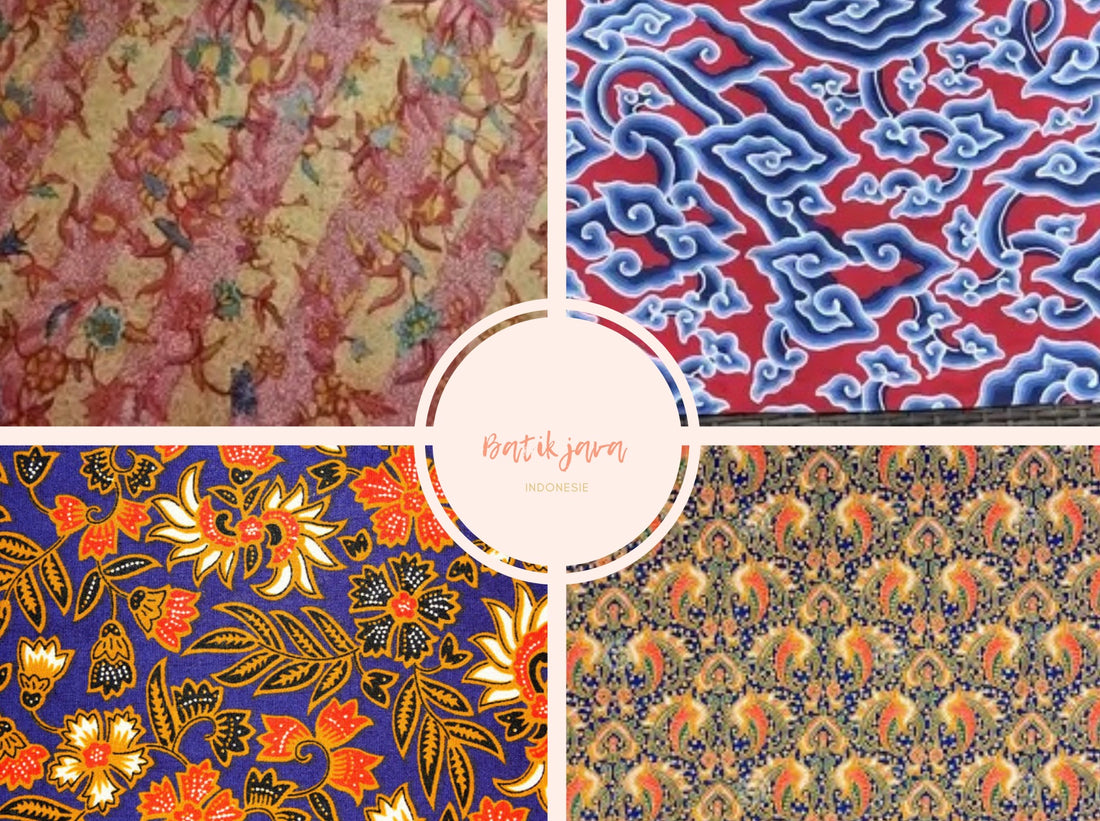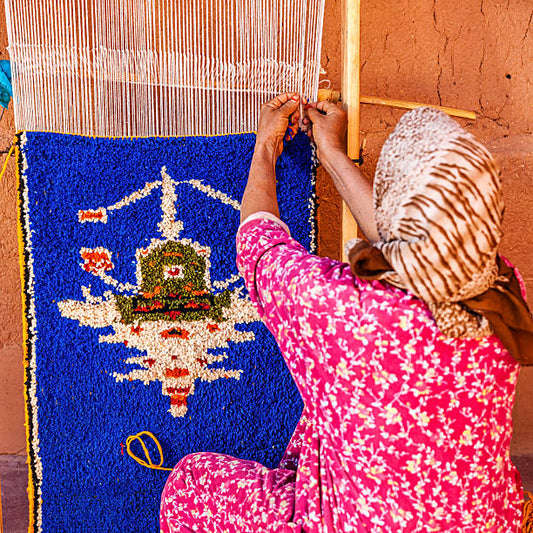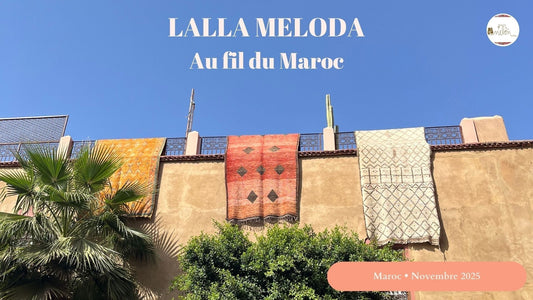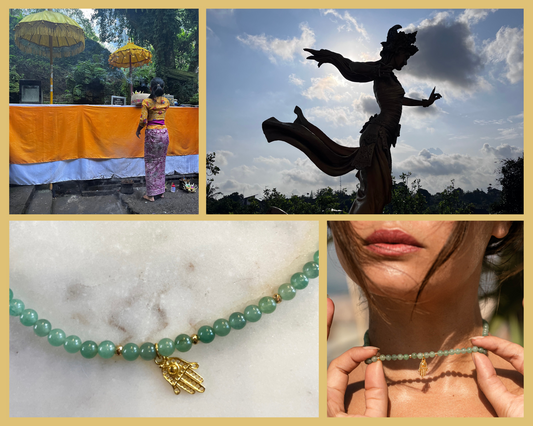Batik has been listed as a UNESCO intangible heritage site since 2009.
There are two opposing schools of thought regarding the appearance of batik in Indonesia.
The first explains it by an Indian influence between the 6th and 7th centuries and the other relies on the fact that communities like those of Flores or the Toraja region in Sulawesi never experienced Hindu influence and were able to develop their own textiles.
But it was really from the 19th century that batik was produced on a large scale.
The north coast of Java saw the development of many batik-producing industries. It was also around this time that Dutch settlers began to appreciate batik, and the first European-style batiks appeared.
Batik is a traditional textile associated with rich intangible cultural values and passed down from generation to generation in Java, as well as in other regions. Indonesian batik is made by applying hot wax to fabric in dots or lines using a stylus-like copper instrument called a canting or copper stamps called a cap. The wax helps resist the natural or synthetic dyeing process carried out by hand. The fabric is then boiled and/or scraped to remove the wax, this process being repeated for each shade.
If we refer to the etymology, the word batik comes from the Javanese titik which means point . Some Javanese will tell you with a smile that batik is the abbreviation of banyak titik (many points). Beyond the play on words, the reasoning is correct because it does indeed take a lot of points and therefore patience to obtain a real traditional batik.
There are several different batik techniques. Batik tulis , which means "writing," involves reproducing the patterns onto the fabric. Wax is then applied to the design using a tool with a wooden handle and a spout, called a canting. These covered areas will form a reserve area that will not absorb the dye.
The other technique, “ batik cap, ” which means “stamp,” is faster and simpler. It involves applying the wax using stamps representing the patterns that will appear on the fabric. These stamps are applied several times to the fabric to create a repeating pattern.
Once the patterns have been reproduced, the fabric is placed in a dye bath. The dye is applied from lightest to darkest. This process is repeated each time if different colors are used. Therefore, applying multiple colors can be a very time-consuming process. Each time, the wax will have to be applied and a new dye bath will be created for each color. Once dyed, the fabric is dried and then rinsed in boiling water to remove the wax.
The colors used for batik were traditionally of natural origin. The most commonly used is indigo blue, which is produced from the leaves of the indigo plant. The fabrics are then also dyed with cream, brown, or red.
Today, chemical dyes have replaced natural dyes in the coloring of batik fabrics, hence the wide choice of colors. But unfortunately, this comes at the expense of the environment and the health of the artisans.
However, some batik workshops are returning to natural dyes using plants such as indigo, mahogany bark or mango leaves.
Batik patterns are imbued with deep symbolism related to social status, local community, nature, history, and cultural heritage.
The patterns represent geometric shapes, animals or plants.
Each motif has its own symbolism which sometimes led to the prohibition of wearing fabrics with certain ornaments reserved only for the royal family (such as the Kawung).
Batik patterns have a strong social connotation, indicating the status of the wearer.
Pregnant women are dressed in batik, babies are carried in batik baby carriers and their feet are placed on a batik when they first touch the ground, newlyweds and their family members are dressed in batik, even the dead are covered in batik shrouds decorated with appropriate designs.
Batik is part of traditional costume and is passed down from generation to generation as a family heirloom. Each is a work of art with its own unique story. Traditional batik artisans fast and pray before beginning their work, which they accomplish while practicing meditation accompanied by traditional chants.
It takes several days to make a stamped batik, and at least a month and up to a year for a hand-drawn batik piece.
There are two main styles of batik in Java: that of the ancient royal cities of Solo, Yogyakarta and Banyumas in the centre of the island and that of the north coast represented by Cirebon, Pekalongan and Lasem.
Batik has been made since the 16th century in the royal courts of Central Java.
The batik designs of Central Java are of local Indonesian origin and have gradually evolved and become highly stylized with the spread of Islam, which prohibits human and animal representations.
On the north coast of Java, the Chinese influenced the development of what is known as pasisir batiks from the 19th century onwards. These batiks are characterized by the use of bright colors and designs of birds, such as the phoenix, peacock, and cockerel, as well as butterflies, trees, and floral motifs such as peonies, chrysanthemums, lotuses, orchids, dahlias, and roses.
We should also note the Dutch influence during the colonial era, where floral motifs such as carnations appeared.
Outside of Java, batiks are also found in Palembang and Jambi on the island of Sumatra, where Indian and Javanese influences are found in the production of this textile.
Following the inclusion of batik in the UNESCO Intangible Cultural Heritage Register, the government is encouraging both civil servants and private companies to wear batik clothing. Batik shirts are now replacing traditional suits.
We brought back some beautiful Indonesian batiks in our suitcases, some made in Java and others in Bali, because even if Bali is not the first producer of Batik, there are still some workshops on the island that make them, their price is certainly higher than the mass of batiks coming from Java but we wanted to visit them during our stay!
Discover the different batiks here and find them in our next ISLAND OF GODS collection which will be released at the beginning of May, in the form of tote bags, scrunchies, notebooks, household linen and other textile accessories!
And we made a short video for you during our batik class to explain the process of making a batik in video!
This way:
https://www.instagram.com/reel/CoZwZsAhcYP/?igshid=MDJmNzVkMjY%3D









